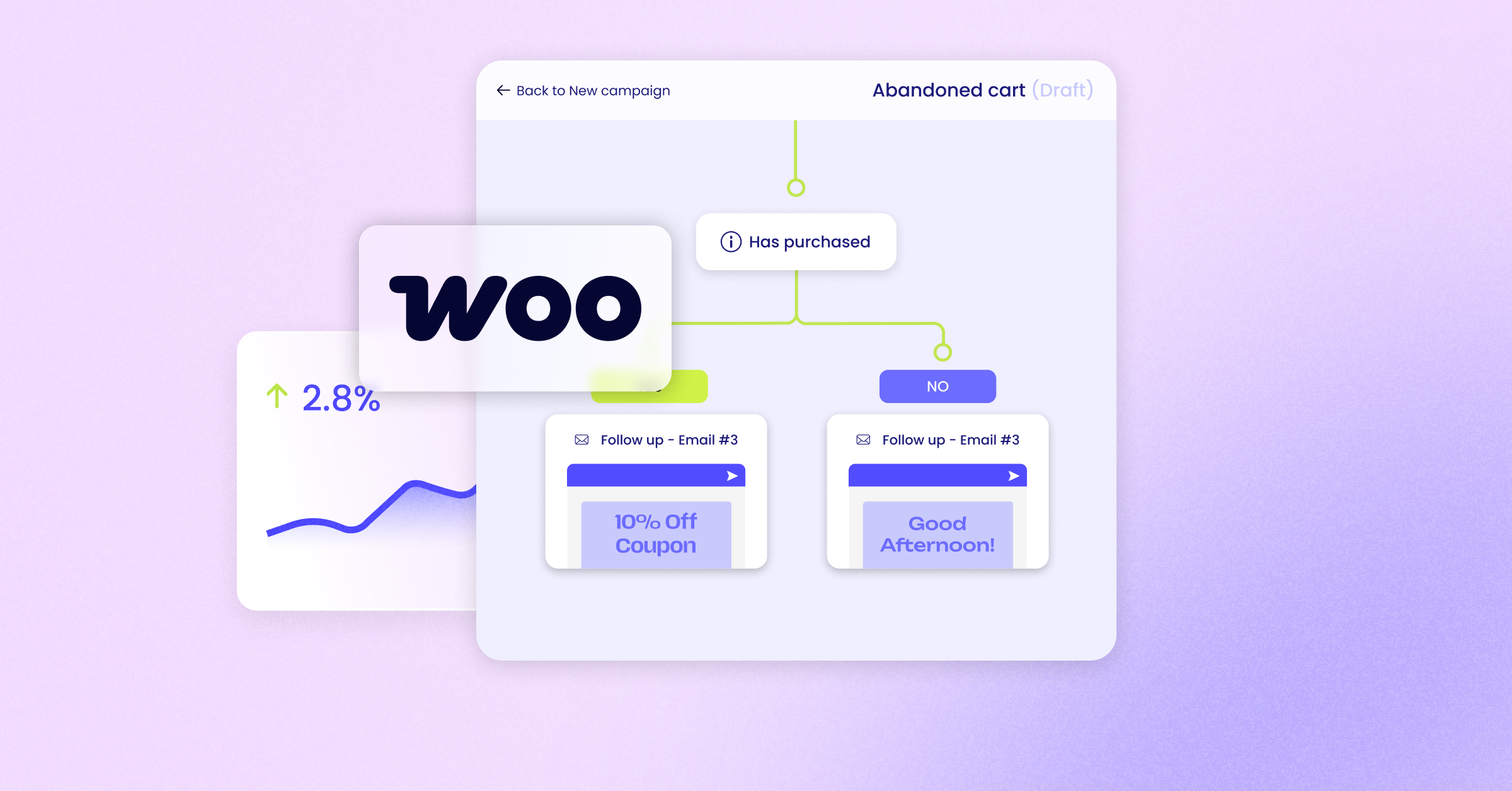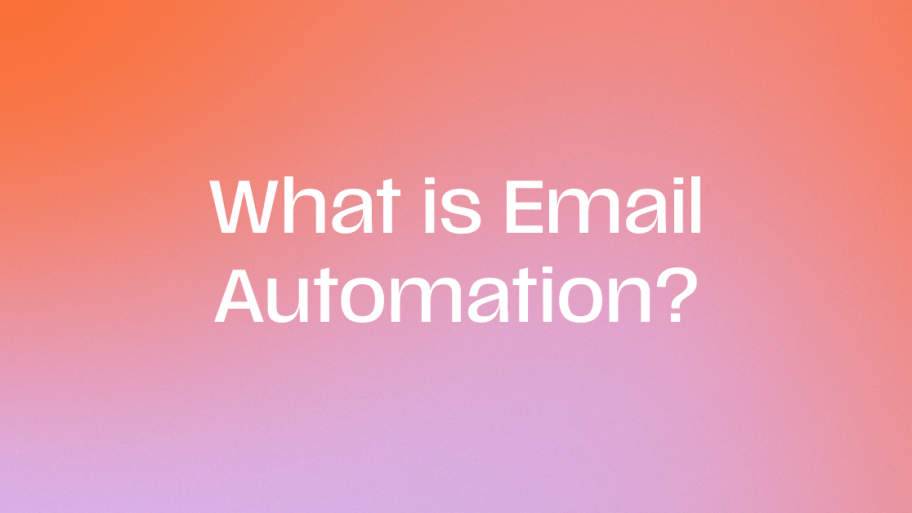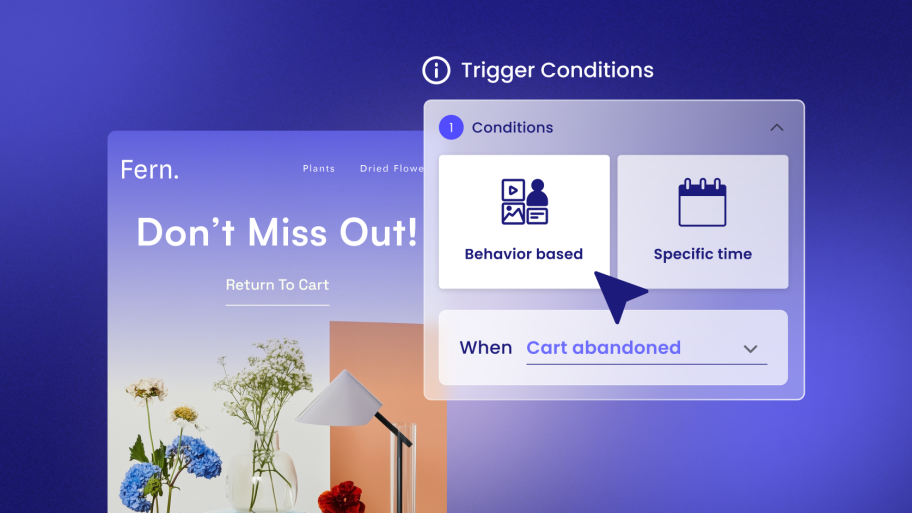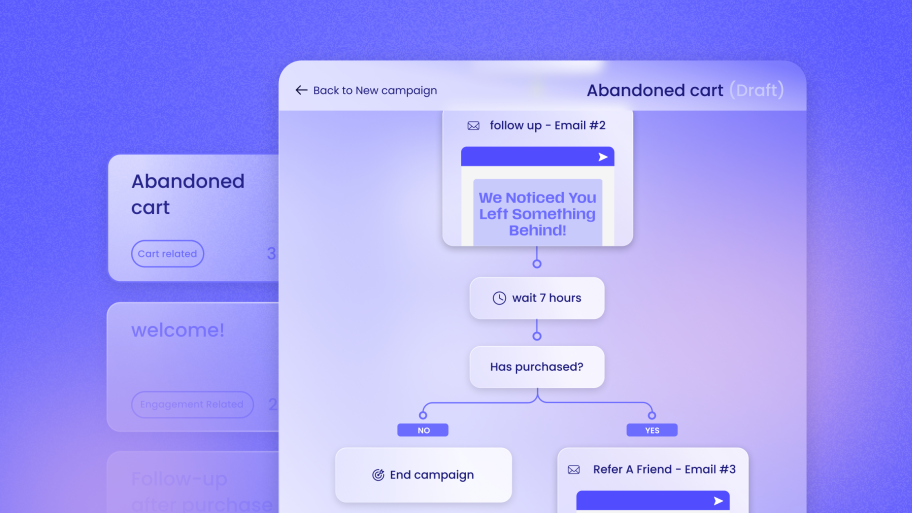So, is WooCommerce really free? The core software is, yes. But building and running a fully functional, professional online store involves other necessary costs. Think of it like being given a free car engine. It’s an amazing, powerful core, but you still need to buy the chassis, wheels, and seats to build a complete vehicle.
This guide will break down the real costs of using WooCommerce in 2025. We’ll explore the essential expenses, the optional upgrades that drive growth, and provide realistic budget scenarios so you know exactly what to expect.
What You Get for Free with WooCommerce
Let’s start with the good news. The WooCommerce plugin itself is a free, open-source piece of software you can download and install on any WordPress site. The power you get at no cost is substantial.
Out of the box, the free WooCommerce plugin gives you all the essential features needed to start selling:
- Unlimited Products: Add as many products and product variations as you want.
- Core E-commerce Pages: Automatically creates your shop, cart, checkout, and customer account pages.
- Secure Payment Gateways: Includes built-in support for major providers like Stripe and PayPal, plus bank transfers and cash on delivery.
- Inventory Management: Track stock levels and get notified when items are low or sold out.
- Tax and Shipping Options: Configure basic tax rules and shipping rates for different zones.
- Coupon and Discount Codes: Create codes for promotions and sales.
- Basic Reporting: View sales, orders, and customer data from your dashboard.
This free foundation is robust enough for a basic store, but to compete effectively and scale your business, you’ll need to invest in a few key areas.
The Essential Costs: What You Must Pay For
Every website, e-commerce or not, has a few non-negotiable costs. For a WooCommerce store, these are the absolute must-haves.
1. Domain Name
Your domain name is your store’s address on the internet (e.g., yourbrand.com). It’s a critical piece of your brand identity. You purchase it from a domain registrar like GoDaddy, Namecheap, or directly through your hosting provider.
- Typical Cost: $10 – $20 per year for a
.comdomain.
2. Web Hosting
Web hosting is the service that stores your website’s files and makes them accessible online. This is arguably the most important investment you’ll make in your store’s performance and security. Cutting corners here can lead to slow loading times, which directly hurts sales.
You have a few main options for hosting:
- Shared Hosting: The cheapest option, where you share server resources with many other websites. It’s suitable for brand-new stores with very low traffic, but you may outgrow it quickly.
- Cost: $5 – $25 per month.
- VPS (Virtual Private Server) Hosting: A step up from shared hosting. You still share a server, but you have a dedicated portion of its resources. It offers more power and flexibility.
- Cost: $20 – $80 per month.
- Managed Hosting (The Best Choice): For a serious WooCommerce store, managed hosting is the way to go. This is a premium service where the hosting company handles all the technical heavy lifting for you. For those building their store with Elementor, Elementor Hosting for WooCommerce stands out as the best option. It provides a complete, all-in-one solution where your hosting, WordPress installation, and Elementor Pro’s powerful design tools are all pre-configured and optimized to work together seamlessly. This eliminates technical headaches and allows you to focus on what matters: building and growing your business.
- Cost: $30 – $150+ per month.
3. SSL Certificate
An SSL certificate enables HTTPS on your site, encrypting the data passed between your customers’ browsers and your server. This is not optional for an e-commerce store. It protects sensitive customer information (like credit card details) and is a major trust signal. Browsers will flag your site as “Not Secure” without one.
- Good News: Most reputable hosting providers, including Elementor Hosting, now include a free SSL certificate as part of their plans.
- Cost: Usually $0 (included with hosting). If not, it can be $50 – $100 per year.
The Variable Costs: Functionality, Design, and Marketing
This is where the “it depends” part of WooCommerce pricing comes in. The costs here are determined by your store’s specific needs for design, features, and growth.
1. Theme (Your Store’s Design)
Your theme controls the look and feel of your store. While there are free themes available, a premium theme often provides a more professional design, better features, and, most importantly, dedicated support.
- Free Themes: A good starting point, but may lack advanced customization options. The official WooCommerce theme, Storefront, is a solid free choice.
- Premium Themes: Offer superior design quality, more layout options, and dedicated developer support to help you with issues. You can find them on marketplaces like ThemeForest or from independent theme shops.
- Cost: $40 – $100 (one-time payment, often with an optional annual fee for continued support and updates).
2. Plugins & Extensions (The Biggest Variable)
Plugins are what allow you to extend WooCommerce’s core functionality. This is where you can tailor your store to do almost anything you want—but it often comes at a cost. Most premium plugins are sold with an annual license for support and updates.
Here are some common categories where you might need premium extensions:
- Payment Gateways: While Stripe and PayPal are free, their standard transaction fees are around 2.9% + $0.30 per transaction. If you want to accept payments through a different processor (like Authorize.net), you’ll likely need to buy a premium extension.
- Cost: $0 – $80 per year, plus transaction fees.
- Shipping: If you need anything beyond basic flat-rate shipping, you’ll need an extension. This includes table-rate shipping (costs based on weight, location, and price), real-time carrier quotes, or freight options.
- Cost: $50 – $200 per year.
- Marketing (Email & SMS): A simple order notification isn’t enough. To grow, you need to engage customers with professional email campaigns, automated flows (like abandoned cart reminders), and SMS marketing. While you could piece together several different plugins for this, it can become complex and expensive.A much simpler, more integrated approach is to use an all-in-one communication toolkit built for WordPress, like Send by Elementor. It operates natively within your dashboard, allowing you to manage email, SMS, automation, and segmentation from one place. This eliminates the headache of syncing data between multiple tools and provides a seamless workflow for marketing your store.
- Cost: $0 for basic plans, scaling up from $10 – $100+ per month based on the number of contacts and features.
- Subscriptions & Memberships: If you want to sell products on a recurring basis or create a members-only section of your site, you’ll need the official WooCommerce Subscriptions or a similar plugin.
- Cost: ~$200 per year.
- Bookings & Appointments: Perfect for selling services, classes, or rentals. This requires a dedicated extension like WooCommerce Bookings.
- Cost: ~$250 per year.
Putting It All Together: Three Sample Budgets
To make these numbers more concrete, let’s look at what three different types of stores might pay in their first year.
| Expense | Scenario 1: The Lean Startup | Scenario 2: The Growing Business | Scenario 3: The Enterprise Store |
|---|---|---|---|
| Domain Name | $15 | $15 | $15 |
| Hosting | $120 ($10/mo) | $420 ($35/mo) | $1,200 ($100/mo) |
| Theme | $0 (Free) | $60 (Premium) | $80 (Premium) |
| Shipping Extension | $0 | $100 (Table Rate) | $200 (Advanced) |
| Marketing (Email/SMS) | $0 (Basic) | $300 ($25/mo) | $900 ($75/mo) |
| Subscriptions Extension | $0 | $0 | $200 |
| Total First-Year Cost | ~$135 | ~$895 | ~$2,595 |
Don’t Forget These Hidden & Ongoing Costs
- Transaction Fees: This is a percentage of every single sale. It’s not an upfront cost, but it’s a significant ongoing expense.
- Renewal Fees: Most premium themes and plugins require an annual renewal to continue receiving critical security updates and developer support.
- Developer Costs: While WooCommerce empowers you to do a lot on your own, you may eventually need to hire a developer for custom features, design tweaks, or complex troubleshooting. Developer rates can range from $50 to $150+ per hour.
Key Takeaways
- WooCommerce is free to start, but not free to run. The core plugin costs nothing, but you must pay for a domain and hosting.
- Your biggest costs are variable. Hosting and premium extensions for marketing, shipping, and payments will make up the bulk of your budget.
- Invest in good hosting. It’s the foundation of your store’s speed and security. An all-in-one solution like Elementor Hosting is the recommended choice for serious businesses.
- Plan for growth. Your needs will change as your business scales. What works today might not be enough tomorrow. Choose solutions that can grow with you.
- You control the cost. The beauty of WooCommerce is its flexibility. You can start small and add functionality (and costs) as your revenue increases.
Frequently Asked Questions (FAQs)
1. Is WooCommerce cheaper than Shopify? It can be. Shopify has fixed monthly plans ($29/mo to $299/mo) that include hosting and support. With WooCommerce, you could start for less, but as you add premium extensions, your costs could exceed Shopify’s. The main difference is control: with WooCommerce, you own your data and have limitless customization options, whereas with Shopify, you’re renting space on their platform.
2. How much does a typical WooCommerce store cost per year? For a small but serious business, a realistic budget is between $500 and $1,500 per year. This covers good hosting, a premium theme, and a few essential extensions for marketing and shipping.
3. Can I really build a WooCommerce store for free? Technically, yes, if your hosting provider gives you a free domain and SSL, and you use only free themes and plugins. However, a store with no marketing tools, basic shipping, and a generic design will struggle to attract and retain customers.
4. Do I have to pay for WooCommerce updates? No. Updates to the core WooCommerce plugin are always free. However, you often need to pay an annual renewal fee to continue getting updates for your premium themes and extensions.
5. What are the most expensive parts of running a WooCommerce store? Typically, the most significant ongoing costs are high-quality hosting and the annual renewal fees for premium plugins, especially for specialized functions like subscriptions, bookings, and advanced marketing automation.
Conclusion
WooCommerce offers unparalleled freedom and scalability. While not entirely “free,” its pricing model allows you to build a store that perfectly matches your budget and business goals. You can start lean and strategically invest in tools that help you grow. By understanding the necessary costs and planning for the variable ones, you can harness the full power of WooCommerce to build a successful and profitable online business.




